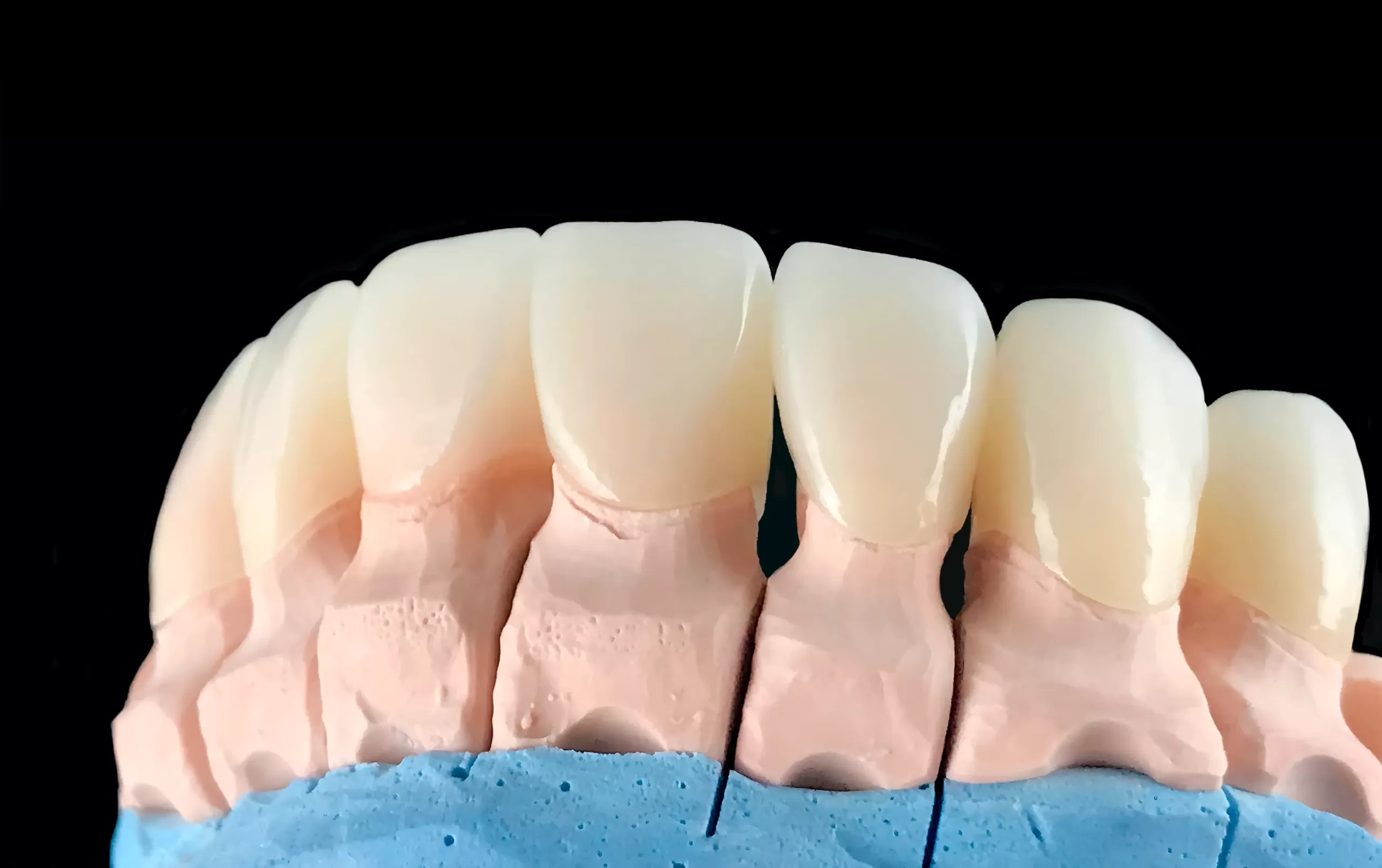Teeth are vulnerable to damage and decay, but restorative dental procedures offer hope to repair them and save their integrity.
One such device is the tooth crown. Though typically utilized to protect molars, they can also be attached to front teeth as protection measures.
However, some individuals may be questioning if crowns on front teeth look natural. This article will examine key considerations when asking this question.
Natural-Looking
Front tooth crowns can be an ideal solution for patients suffering from chipped, discolored, misshaped, or otherwise damaged teeth. Unfortunately, getting one requires multiple appointments with the dentist and may involve him/her cutting down part of your natural tooth structure to make room.
Porcelain and ceramic crowns are the most aesthetically pleasing options, able to be customized to complement the shade of your natural teeth. Furthermore, these durable crowns can withstand staining without damage from eating habits and stain-causing substances. Porcelain fused to metal crowns provide a good compromise between strength and aesthetics, and could be suitable for back molars that remain out of sight.
Zinc or lithium disilicate crowns are extremely durable but may lack the natural color found in porcelain crowns, making them suitable for patients who grind their teeth or experience jaw clenching issues due to their high strength and corrosion resistance. While most patients looking for front tooth crowns choose porcelain, your dentist will advise the most suitable material depending on your unique circumstances.
Durable
Over time, your teeth can become damaged by various factors – be it decay, chipped or cracked teeth or even discoloration of the smile.
Crowns are dental covers designed to cover damaged or decayed teeth and restore their shape, size, strength and appearance.
Crowns can be constructed from various materials, including metal, porcelain, ceramic and zirconia. Porcelain crowns are the most natural-looking option as it looks similar to your enamel and reflects light similarly; however they may not be as strong as precious metal such as gold.
Preparing for a crown requires more extensive preparation than that for veneers; your dentist will need to remove part of your original tooth in order to accommodate for its cover, potentially weakening it more than with veneers which only need minimal reduction of existing tooth structure. With proper care however, crowns may last many years with proper maintenance.
Comfortable
Front tooth crowns are constructed of durable materials that don’t interfere with your bite or the appearance of your smile, yet cannot be whitened like natural teeth can. Therefore, good oral hygiene practices such as brushing twice a day, flossing daily and seeing your dentist regularly are important if you wish for them to last as intended.
Your dentist will start the procedure by giving a numbing injection into the area where they’ll be placing the crown, then remove any decayed tooth matter before replacing it with your new crown. The entire process should take between two and four hours.
There are various kinds of front tooth crowns available to you, but the key to selecting one that complements both your natural color and appearance will be choosing porcelain and zirconia crowns, which look very much like natural teeth. Other great choices for this purpose are EMAX all-ceramic crowns which provide both aesthetics and durability, or porcelain-fused-to-metal crowns which use layers of porcelain bonded over metal cores for strength while maintaining natural aesthetics.
Easy to Clean
Many are unaware that front tooth crowns exist to repair damage to their front-facing teeth. While dental bonding and fillings may work for minor issues, crowns may provide better solutions when more extensive damage or decay has occurred to these areas of their mouths.
Porcelain and zirconia crowns are increasingly becoming the choice of choice for front tooth crowns due to their strength and natural appearance. These crowns offer an ideal alternative to metallic and porcelain-fused-to-metal options as they do not react as readily with temperature fluctuations like their metallic counterparts do.
Dental crowns should last many years with proper care, yet they may start to break or chip over time if neglected. Brush and floss your crowns daily while scheduling regular check-ups with your dentist to avoid build-up of plaque, gum inflammation and the formation of pellicle layers that attract stains. In addition, avoid biting onto objects like pen caps or ice cubes which could chip or fracture the crowns.
Disclaimer: The content on this blog is intended for general informational purposes only. It is not a substitute for professional medical advice, diagnosis, or treatment. Always consult qualified healthcare providers for personalized advice. Information regarding plastic surgery, dental treatment, hair transplant, and other medical procedures is educational and not a guarantee of results. We do not assume liability for actions taken based on blog content. Medical knowledge evolves; verify information and consult professionals. External links do not imply endorsement. By using this blog, you agree to these terms.





